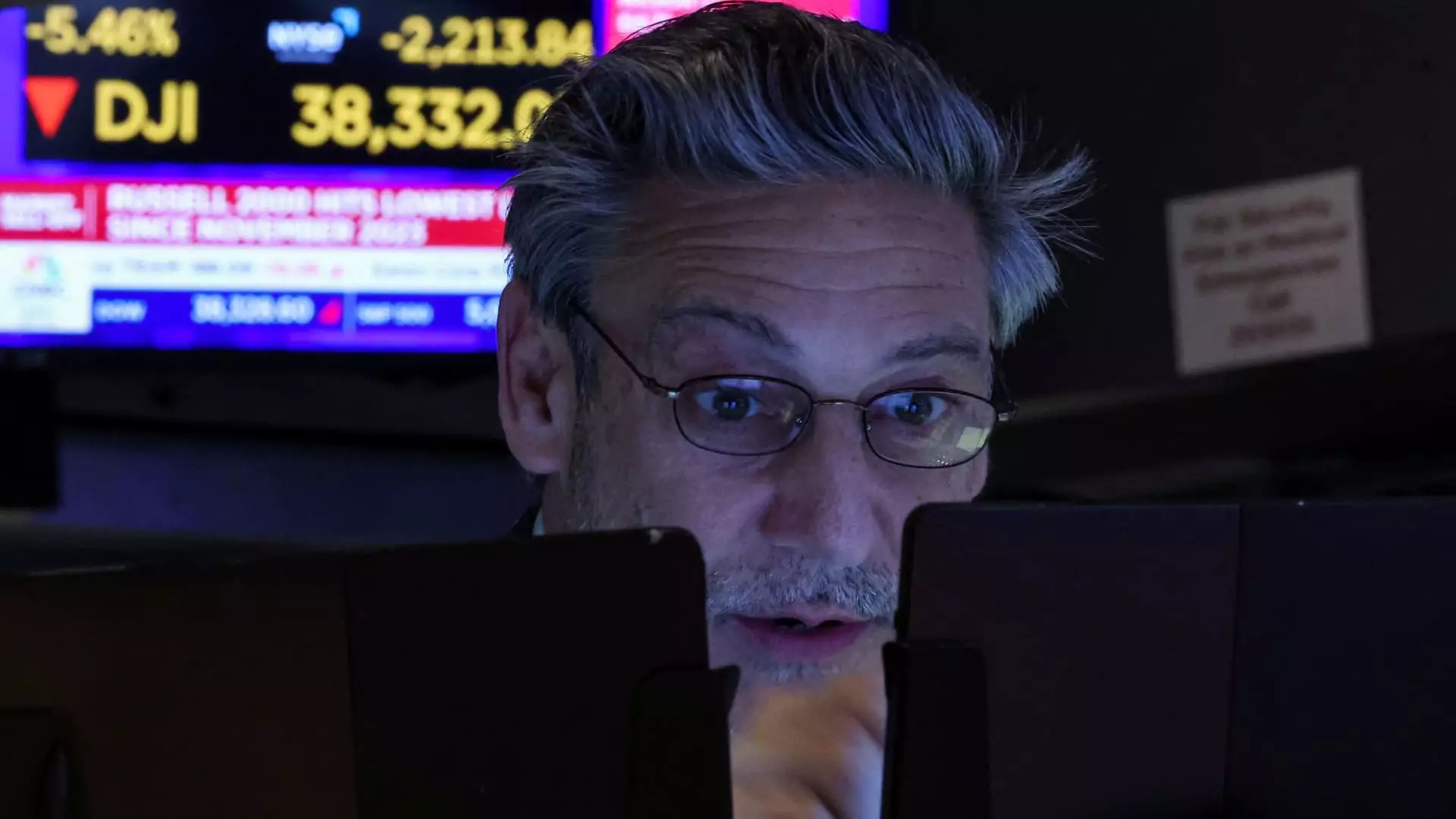Stock market crashes can resemble emotional roller coasters, leaving investors grappling with uncertainty and panic. In times of extreme volatility, such as during the COVID-19 pandemic or amidst trade tensions instigated by unexpected tariffs, markets can plummet dramatically. This highlights a crucial aspect of regulation intended to buffer financial chaos: circuit breakers. Despite their sometimes-overlooked significance, these mechanisms are essential for stanching the flow of panic and providing a moment for reason amid the tumult.
The very architecture of circuit breakers is rooted in the history of stock market traumas. They serve as a safety net, allowing our financial system to recuperate from moments of extremity. Without such measures, the financial landscape could spiral out of control. In their initial conception, circuit breakers were birthed from the ashes of past market crashes, particularly the cataclysm in 1987 that taught investors the peril of unchecked volatility.
How Circuit Breakers Operate: Mechanisms for Calm
Circuit breakers function with a straightforward yet effective structure: as stock indices, like the S&P 500, breach predetermined thresholds, trading pauses are triggered. Depending on the severity of the decline—7%, 13%, or the catastrophic 20%—the halt shortens our trading day, allowing stakeholders a moment to digest tumultuous news and recalibrate expectations.
For instance, when the S&P 500 drops 7%, trading halts for a mere 15 minutes, which may seem insignificant. Nonetheless, this brief intermission can instill a much-needed sense of clarity, persuading traders to reflect rather than react haphazardly. So while some argue that these halts are merely symbolic, they serve as a crucial respite in high-pressure environments, potentially thwarting deeper declines rooted in emotional reactions.
The Paradox of Panic Selling
Indeed, panic selling is one of the most insidious phenomena in trading. It operates under a collective hallucination—if one trader sells, others feel compelled to follow suit, leading to a chaotic, cascading effect. Here, circuit breakers emerge as vital antidotes. While they might not eliminate the instinct to flee, they mitigate the speed at which markets tumble, allowing reason to penetrate the fervor. In theory, traders should feel reassured knowing that there’s a buffer to this frenzy, yet the psychological grip of fear can be hard to shake.
Take recent events for instance, where trade tensions, specifically from tariff announcements, exacerbated fears of an impending recession. Stock values were squeezed into steep declines, prompting conversations around the effectiveness of these emergency measures. Beyond pure economic numbers, believing we can sell at a lower loss during a trading halt allows room for strategizing—an opportunity to regain composure before decisions are made.
Critiques of Today’s Trading Protocols
While the system is structured to support orderly trading, it isn’t without drawbacks. Critics argue that instead of allowing for reflection, these pauses could become a breeding ground for uncertainty, breeding doubt among investors about the market’s stability. With algorithms dictating trading strategies, an abrupt cessation could spark confusion and potential backlash.
Some advocates for more robust trading regulations highlight the need for further innovation. Current circuit breakers are still too reactive in a fast-paced digital age. The focus should shift towards prevention rather than reaction, creating a more resilient market infrastructure less susceptible to the emotional outbursts of its participants.
The Political Implications of Market Stability
Beyond economic repercussions, the political ramifications of stock market volatility take center stage during uncertain times. A market crash can hinder trust in political leadership, suggesting to the public that governance is inadequate in providing a stable economic environment. Here lies a delicate balance; stock exchanges cannot take sole responsibility for combating external economic pressures. Policy frameworks must adapt alongside these disruptions for the smooth functioning of markets.
If we fail to address the underlying issues causing these market tremors—be it misguided tariffs, trade disputes, or lackluster monetary policies—we risk not only financial stability but also political cohesion. In essence, fostering a healthy economic dialogue that sees politicians actively engaged in bolstering market trust can spare us from the ravages of future crashes.
Stock market circuit breakers serve a pivotal role, yet their limitations demand greater scrutiny as we navigate through this volatile era.

